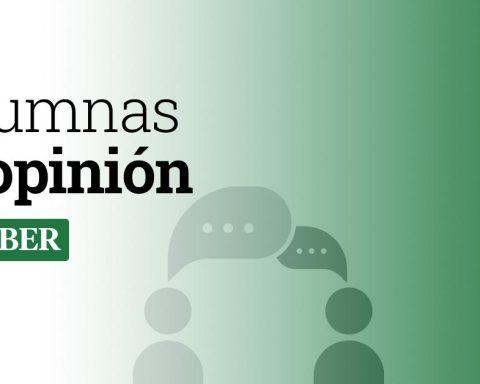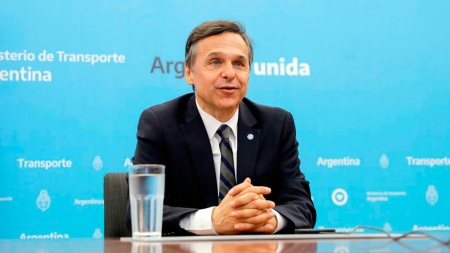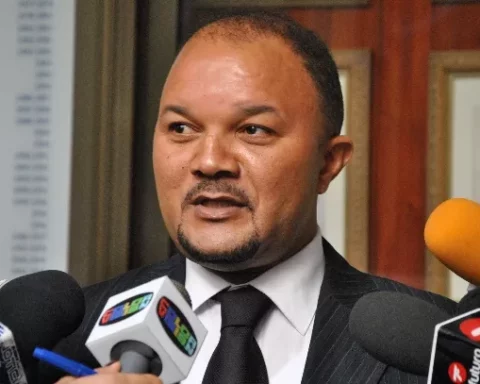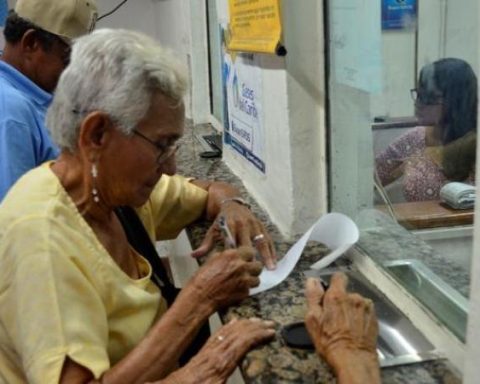January 27, 2023, 12:46 PM
January 27, 2023, 12:46 PM
In view of the criticisms raised by the Bolivian debt, The Ministry of Economy and Finance reported that the total level of the country’s debt reaches 46% of the Gross Domestic Product (GDP). However, specialists observe the growing demand for foreign credit from the State to cover the high level of spending.
In this context, Marcelo Montenegro, Minister of Economysaid that the level of debt is among the lowest in the world, while other economies present an indebtedness of more than 70% with respect to the size of their economy.
“In terms of debt, Bolivia has a total public debt of 46%, it is in the lowest total public debt levels. There are countries like Ecuador, Colombia, Israel, Uruguay, Costa Rica, Japan, Brazil, which exceed 70%. Therefore, saying that Bolivia is one of the most indebted economies in the world and that its indebtedness is irresponsible is not true,” the minister clarified, quoted by the ABI agency.
In recent days, some analysts questioned the Bolivian debt level and they consider that it is increasing disproportionately.
However, according to the national authority, the specialists do not take into account that the external debt it is allocated to public investment projects to help boost the economy, while in other governments these resources were used to pay salaries.
In 2022, Peru registered a total public debt of 35% with respect to its GDP; Chile 36%; Paraguayan 39%; Bolivian 46%. On the contrary, Japan presented a debt of 264%, Venezuela 241%, among the most indebted economies on a global scale.
In this context, Montenegro cited the book “Signals: The 27 trends that define the future of the global economy”by Jeff Desjardins, in which an increase in global debt is announced over the next 30 years.
“Debt grows because income does not cover expenses”
But the economist and teacher, German Molina pointed out that the growth of the debt is due to the fact that the income generated by the State simply cannot cover its expenses.
He explained that the debt is an obligation that the country acquires with the rest of the world, especially with economic powers, in the case of Bolivia with China which is its main bilateral creditor.
Added to this are the commitments acquired with international organizations, such as the CAF, the IDB and other financing entities.
Regarding the State of the debt, he maintained that according to the recommendations of organizations is that it reaches up to 50% of GDP.
Other specialists indicated that the debt exceeds 80% of GDP, if internal and external are taken into account.
Consulted by the newspaper Pagina Siete, the president of the Tarija College of Economists, Fernando Romero, explained that the internal intrasector debt is what the BCB lent to the TGN, what it lent to state companies, or to the private sector with the sale of bonds and others that are not being taken into account.
“The external debt is within the ranges allowed by the CAN, but the internal debt, taking into account the internal debt of the TGN of the non-financial public system with the private sector amounts to $22,701 million. Compared to GDP (estimated at $41,722 million in 2022), it represents 54%. If we add the external debt (29% that reaches $us 13,111 million in October according to the BCB) the public debt would be at 84% and in December it rises to 86%”, he explained.


















